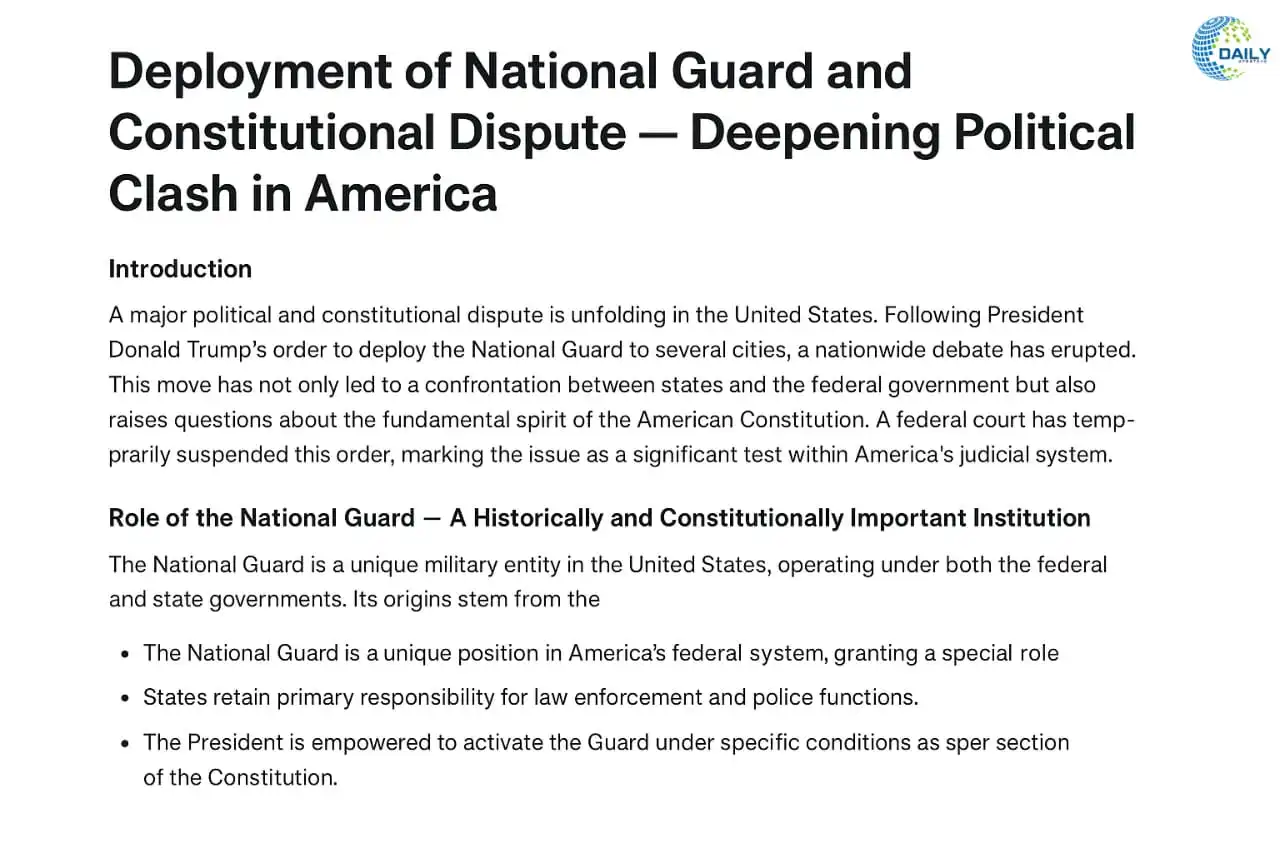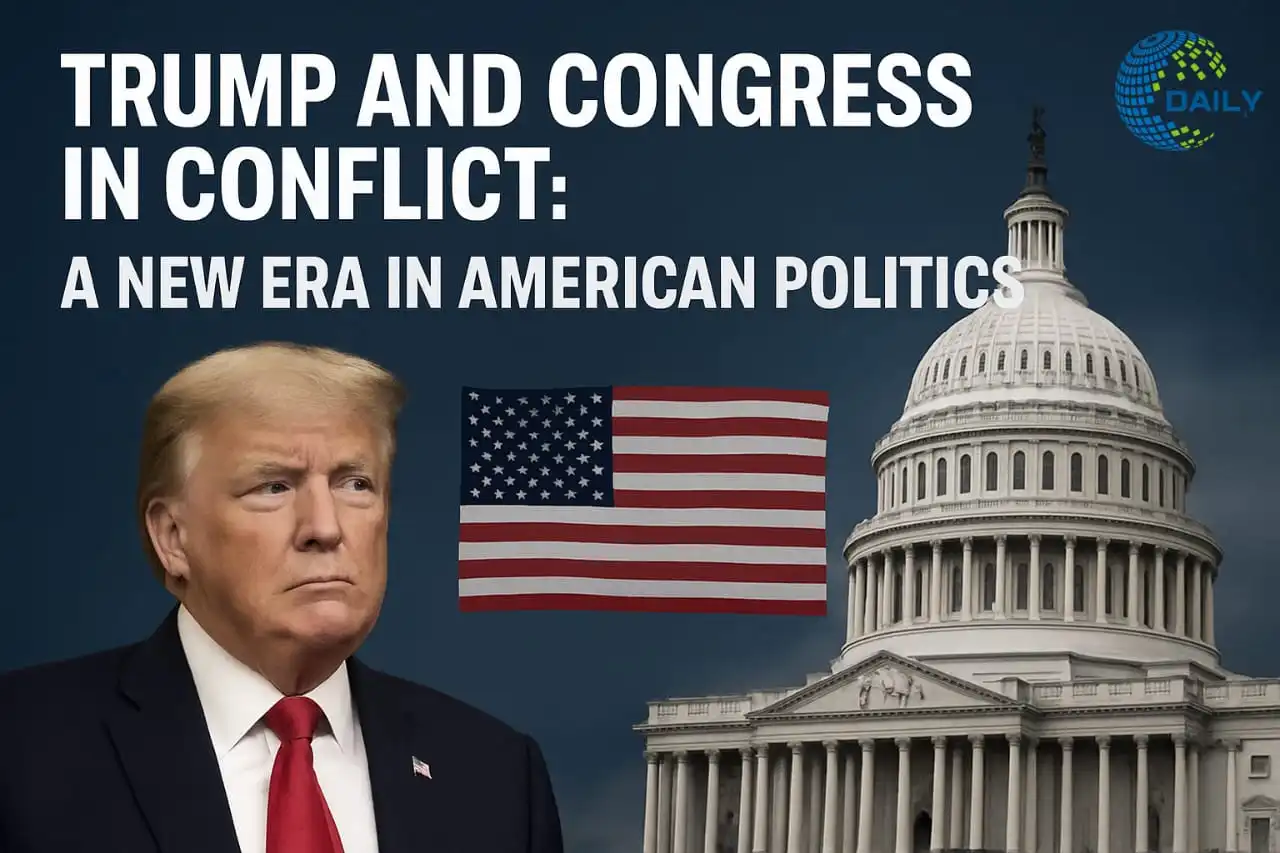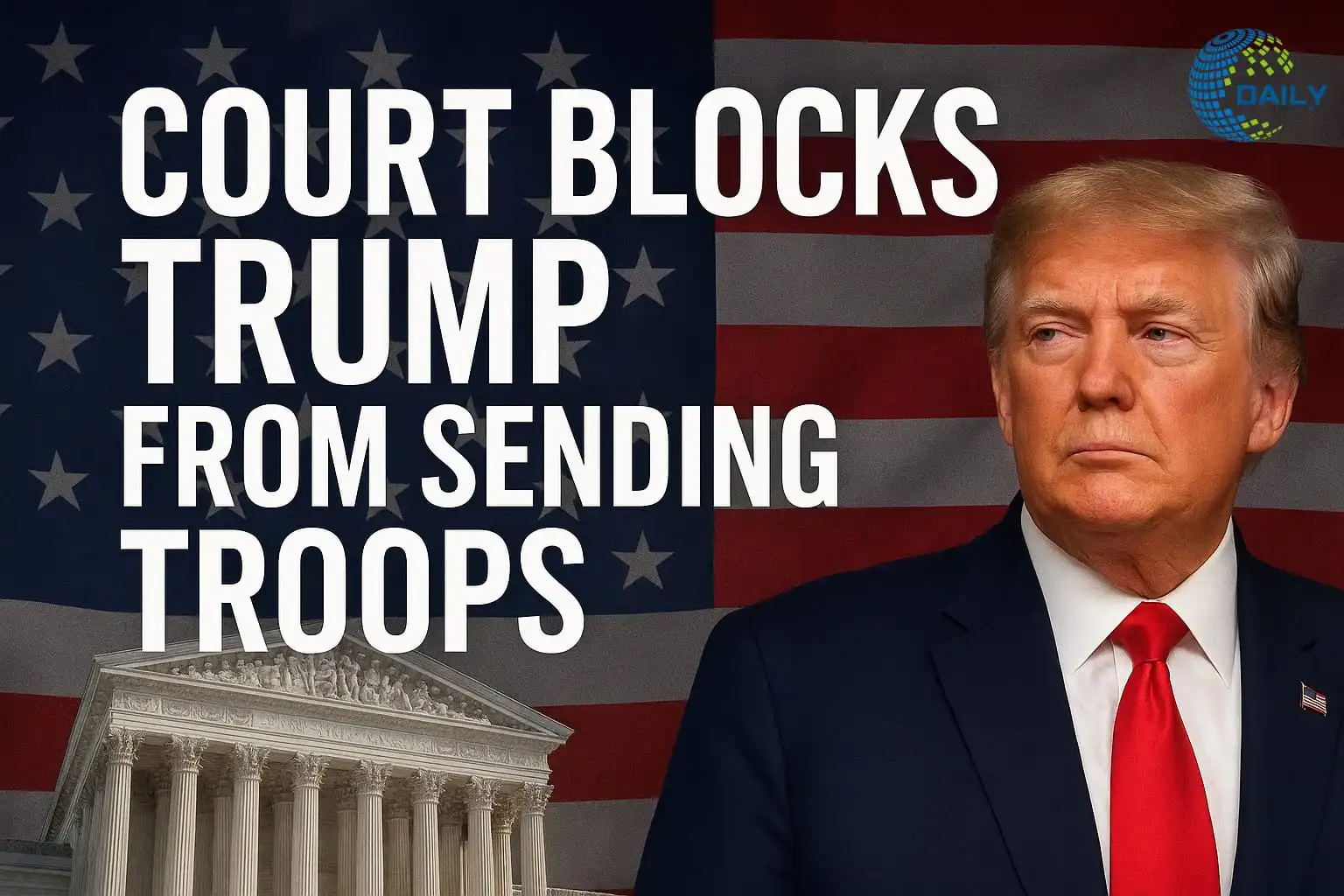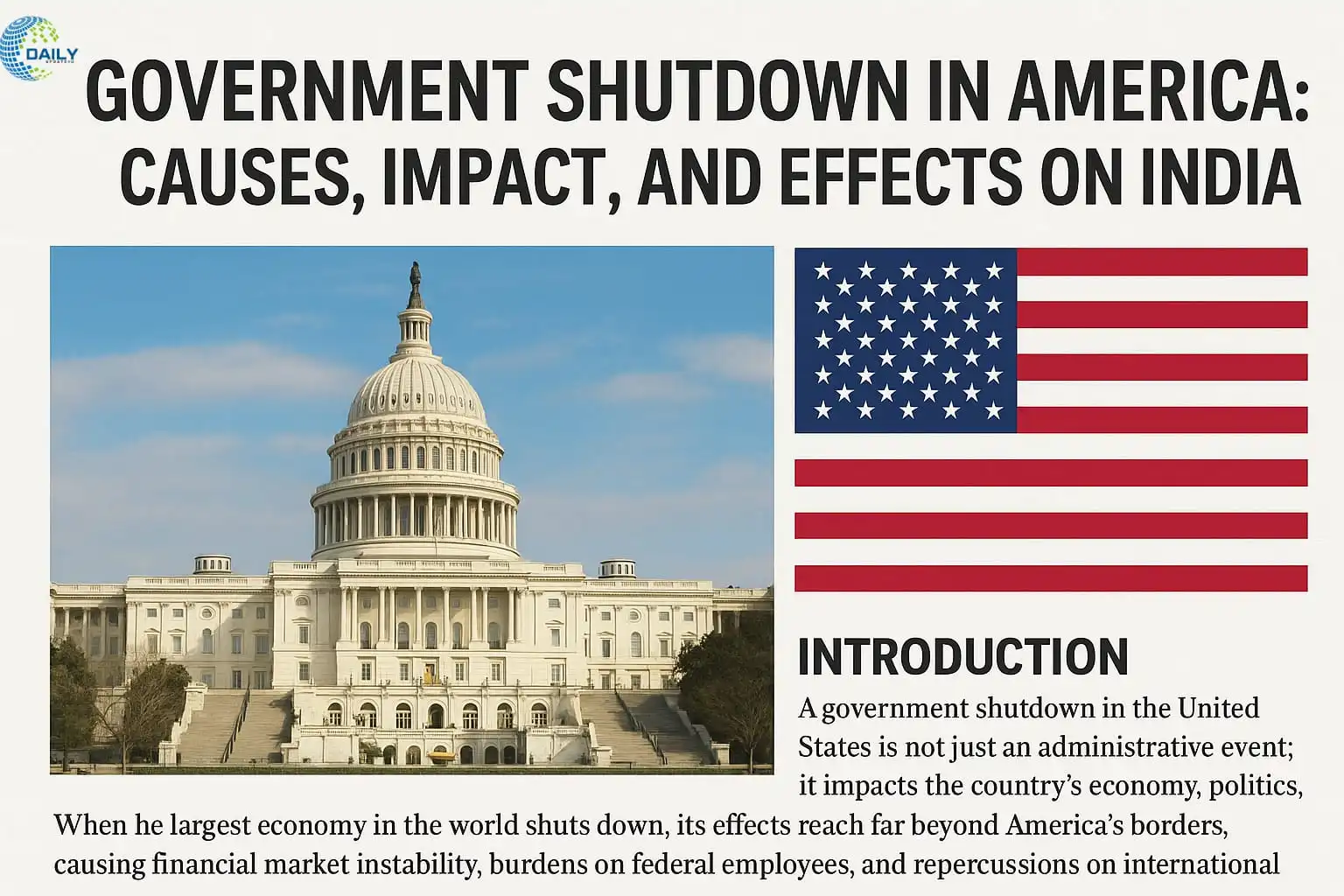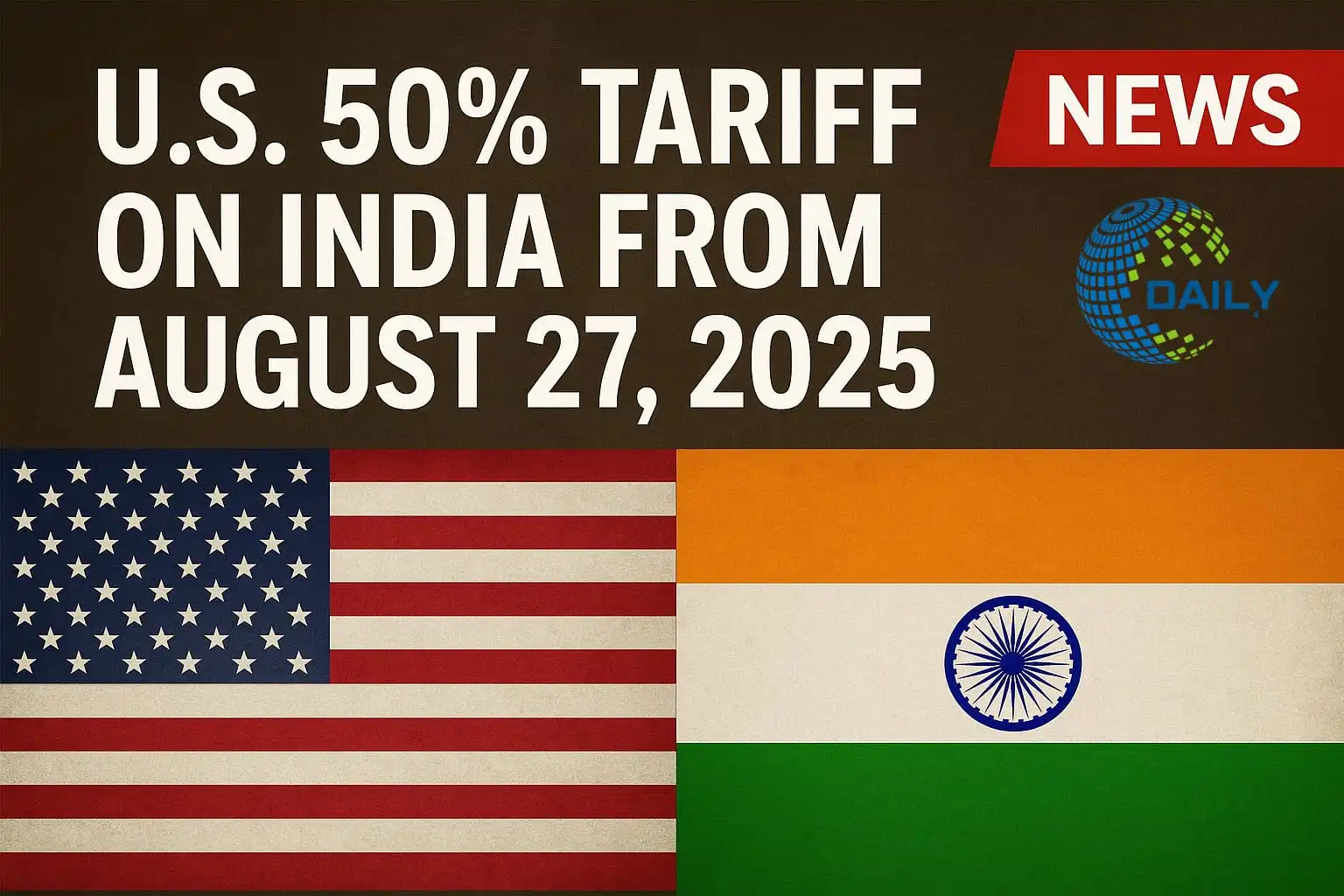
us 50% tariff applicable on india from today The US has imposed a 50% tariff on India from 27 August 2025. This decision will not only affect the trade relations of the two countries but will also have a profound impact on the global economy. The US and India have had a long-standing cooperative relationship, but recent geopolitical events, especially India’s Russian oil purchases and US foreign policy pressure, have led to this confrontation.
In this blog, we will understand in detail what this 50% tariff is, why it was imposed, which sectors it will affect, what will be its consequences for both India and the US, and what the future prospects are.
➡ What is a tariff?
A tariff means an additional duty or tax imposed on imported goods.
Governments use tariffs to raise revenue, protect domestic industries, and create political pressure.
When a country increases tariffs on a particular country, it simply means that it wants to make the goods of that country expensive so that the domestic industry can be promoted or a political message can be given.
➡ Why did America impose tariffs on India?
👉According to America, India
✅Continued to buy cheap crude oil from Russia on a large scale.
✅Maintained strategic trade relations with Russia despite American warnings.
✅Took steps against America’s expectations in some technical and trade policies.
America’s strategy behind imposing tariffs is to force India to distance itself from Russia by putting it under economic pressure.
➡What does a 50% tariff mean?
Earlier, the US had imposed a 25% tariff on India. Now an additional 25% has been added to it.
Overall, goods exported from India to the US will attract a 50% import duty.
This means that Indian goods will become expensive in the US market, and their competitiveness will decrease.
➡Which goods will be affected?
This tariff will affect a large part of Indian exports. The major sectors are:
✅Steel and aluminium
✅Textiles and apparel industry
✅Leather and footwear
✅Auto parts
✅Machinery and equipment
✅Agricultural products (spices, tea, coffee, seafood, etc.)
🔵However, electronics and semiconductor-based products like Made-in-India iPhones are exempted, so there will be no direct price impact on them.
➡Possible impact on the Indian economy
👉Decline in exports
The US is a major export market for India.
Experts estimate that this tariff could lead to a 20–25% drop in Indian exports.
👉Impact on GDP
Indian GDP could be negatively impacted by about 0.8% points.
👉Impact on employment
Export-based industries employ millions of people.
If US orders decline, there could be a job crisis in the textile, leather, and manufacturing sectors.
➡Impact on America
👉Expensive Indian goods
American consumers will now find Indian products expensive.
Prices of textiles, tea, coffee, and steel may increase in the US.
👉Pressure on American industries
With Indian imports becoming expensive, American companies will have to find alternative supply chains.
This will increase the production cost.
➡Impact on the global level
Both India and the US are big economies. In such a situation, the 50% tariff will have an impact on the global level.
Supply chains will be disrupted.
Other Asian countries, such as Vietnam, Bangladesh, and Mexico, may benefit as the US will look for alternative sources.
Uncertainty will increase in the international market.
➡India’s response
The Indian government has called this move unjust and inconsistent.
The Prime Minister and the Ministry of Commerce said
“India will protect its farmers, small traders, and entrepreneurs.”
The government will focus on alternative export markets—such as Europe, Africa, and Latin America.
A complaint can be filed against the US in the WTO (World Trade Organization).
➡Possible strategies for India
✅Export diversification – Dependence on the US market has to be reduced.
✅Increasing domestic consumption – Consumption of Indian products should increase in India itself.
✅New trade agreements – Making FTA (Free Trade Agreement) with European Union, Africa, and South Asian countries.
✅ High-value-added products – Emphasis on technology and branded products instead of commodities.
➡Potential challenges for America
✅Burden of inflation on consumers – especially clothes and food products will be expensive.
✅Negative impact on relations with India – America will have difficulty in strategic cooperation.
✅Benefit for China – Increased tension between India and America can give China a political and economic advantage.
➡Experts’ opinion
Economic analysts believe that this tariff will be like “hurting itself” for the US, as there is no easy alternative to Indian products.
Some experts believe that this is just a strategy to create “political pressure” and exemptions can be given after negotiations in the future.
➡Effect on common people
👉In India
Farmers and small traders may lose income due to reduced exports.
Employment may be affected.
👉In America
Consumers will have to buy expensive goods.
Many small businesses of Indian origin will be affected.
➡ Historical comparison
This is not the first time that the US has imposed such a high tariff on a big country.
In 2018, the US imposed heavy tariffs on China, which started a trade war.
Now, a similar situation can be seen between India and the US.
➡Future prospects
✅Dialogue and negotiation – Both countries can find solutions at the diplomatic level.
✅Alternative partnership – India can lean more towards Russia, China, Europe, and Africa.
✅Long-term trade war – If the conflict drags on, it will also have a negative impact on the global economy.
➡Conclusion
The 50% US tariff implemented from 27 August 2025 is a major turning point in India-US relations. This is not just an economic move, but also a strategy of political pressure.
India will now have to pay more attention to diversification and self-reliance in its economic policies.
The future will depend on whether the two countries are able to find a solution through mutual dialogue or if this dispute continues for a long period.

